High-efficiency paper tube cutter: a breakthrough in precision cutting technology
The precision cutting technology of high-efficiency paper cutter is the core demand of packaging, textile, printing and other industries, especially in the application scenarios that require high precision, high speed and low loss, technological breakthroughs can significantly improve production efficiency and product quality. The following is a detailed analysis and optimization direction of the precision cutting technology of the high-efficiency paper cutter:
First, the core breakthrough of precision cutting technology
1. High rigidity mechanical structure design
◦ Integrated body: Cast iron or welded steel structure is used to reduce vibration and ensure cutting stability.
◦ Precision guide rail and lead screw: linear guide rail + ball screw transmission, positioning accuracy up to ±0.05mm.
◦ Dynamic balance spindle: no jitter when rotating at high speed (such as above 3000rpm) to avoid inclination of the inlet.
2. Intelligent control system
◦ Servo drive technology: with high-resolution encoder, the length error ≤± 0.1mm.
◦ Multi-axis linkage: through PLC or CNC control, the feeding, clamping and cutting actions are completed synchronously.
◦ Adaptive algorithm: Automatically adjust the cutting parameters (such as feed rate and knife pressure) according to the material and thickness of the paper core.
3. Tool technology upgrade
◦ Cemented tool material: diamond coated or tungsten carbide insert, the service life is increased by 3~5 times.
◦ Multi-head design: combination of rotary knife + fixed knife to achieve burr-free cutting.
◦ Laser-assisted cutting (high-end model): Preheats the cutting area to reduce fiber tearing.

Second, the key optimization direction
1. Cutting accuracy is improved
• Closed-loop feedback system: real-time monitoring of cutting length through laser rangefinder and dynamic compensation of errors.
• Temperature compensation: When the ambient temperature changes, the transmission mechanism parameters are automatically adjusted (such as the correction of the coefficient of thermal expansion).
• Anti-offset fixture: pneumatic/hydraulic clamping, the clamping force is evenly distributed, and the paper core is avoided from slipping.
2. Efficiency optimization
• High-speed tool change system: automatic switching of tool magazine, tool change time < 5 seconds.
• Continuous feeding mechanism: with automatic feeder, unmanned production (such as manipulator stacking) can be realized.
• Flying cutting technology: non-stop feeding during the cutting process, the speed can reach 120m/min.
3. Expansion of material adaptability
• Parameter database: pre-stored cutting parameters for different materials (kraft paper, composite, coated paper tubes).
• Dynamic damping adjustment: for thin-walled paper tubes (e.g. thickness < 1mm), reduce tool shock vibration.
• Dust removal system: integrated negative pressure suction to avoid the accumulation of paper scraps and affect the accuracy.
3. Common problems and solutions
| issue | Cause analysis | Optimization measures |
| Incision burr/delamination | Tool passivation or speed mismatch | Replace the coated blade and adjust the speed to the optimal linear speed |
| The length is inconsistent | Feed slippage or encoder error | Increase the clamping force and calibrate the encoder zero point |
| The end face is slanted | The spindle is deflected or the paper core is not clamped | Dynamic balance correction with V-shaped positioning fixture |
| Short tool life | The feed rate is too fast or the cooling is insufficient | Reduced feed rate and air-cooled/minimum quantity lubrication system added |
| High vibration and noise | Mechanical resonance or unstable foundations | Add shock absorbing pads and adjust the natural frequency of the device |
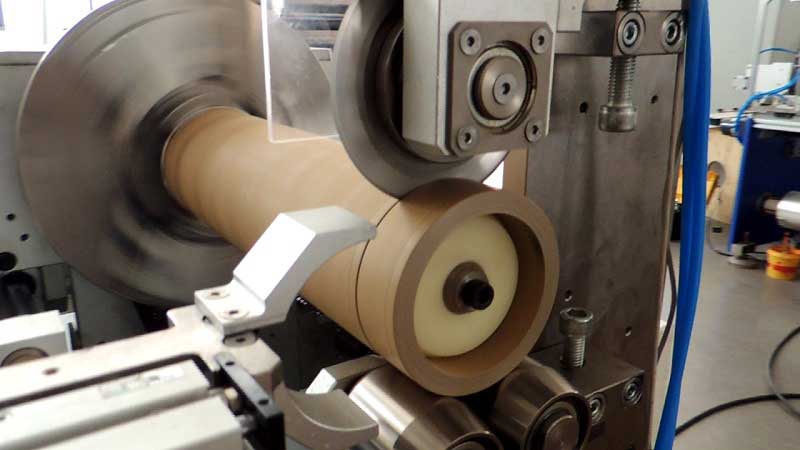
Fourth, the application of cutting-edge technology
1. Machine vision inspection
◦ Real-time detection of incision quality through CCD camera, automatic sorting of non-conforming products.
2. Digital twin simulation
◦ Virtual debugging of cutting parameters to reduce the cost of trial and error in actual production.
3. Internet of Things (IoT) integration
◦ Remote monitoring of equipment status, predictive maintenance (e.g. tool wear warning).
5. Selection and maintenance suggestions
• Selection points:
◦ Preferential selection of servo motor drive model to avoid the accumulation error of stepper motor.
◦ Confirm that the maximum cutting diameter/length matches your own needs (e.g. Φ300mm×6m).
• Routine Maintenance:
◦ Clean rails and scraps daily, and lubricate transmission parts weekly.
◦ Calibrate the sensor regularly and check the air/oil tightness.
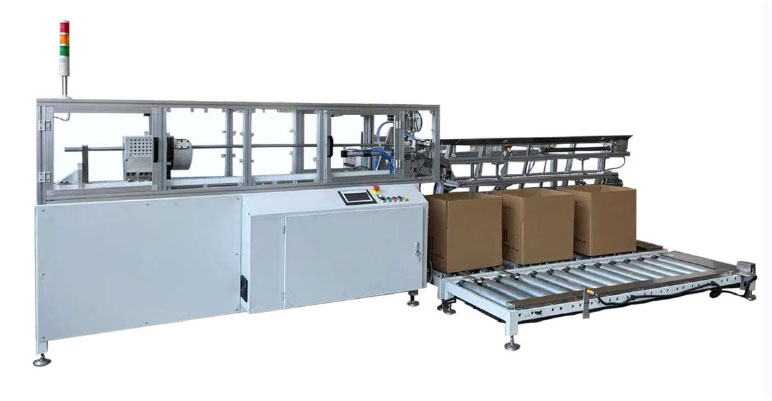
6. Case reference
After a packaging company adopts a paper tube cutter equipped with laser ranging:
• Cutting accuracy increased from ±0.3mm to ±0.05mm;
• Scrap rate reduced from 5% to 0.2%;
• 40% increase in production efficiency (achieved by fly-cutting technology).
Through the collaborative innovation of mechanical design, intelligent control and tool technology, modern paper tube cutting machine has achieved a leap from "rough machining" to "precision manufacturing". In the future, with the penetration of AI and Internet of Things technology, fully automatic and adaptive cutting will become the industry standard.
Recent Post
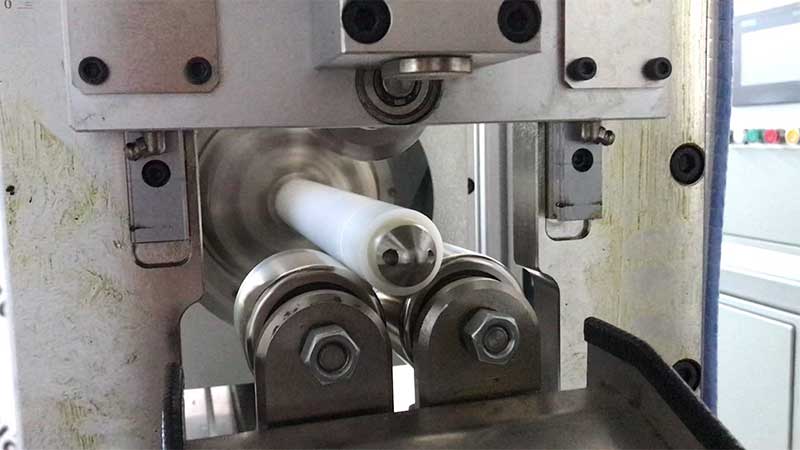 Efficient and precise! Analysis of the core functions of the paper tube cutter
Efficient and precise! Analysis of the core functions of the paper tube cutter How to choose a high-precision paper tube cutter? Guide to key parameters
How to choose a high-precision paper tube cutter? Guide to key parameters Automatic paper tube cutting machine: intelligent operation and energy-saving design
Automatic paper tube cutting machine: intelligent operation and energy-saving design Analysis of the advantages and application scenarios of CNC paper tube cutting machine
Analysis of the advantages and application scenarios of CNC paper tube cutting machine
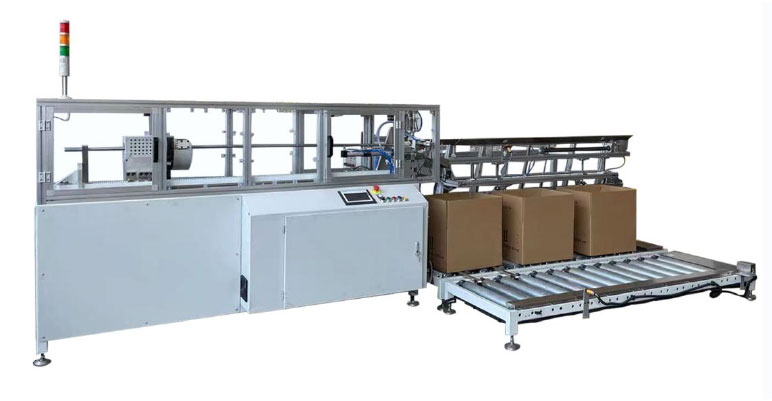 Automatic Paper Core Cutting Machine
Automatic Paper Core Cutting Machine Automatic Foil Roll Cutting Machine
Automatic Foil Roll Cutting Machine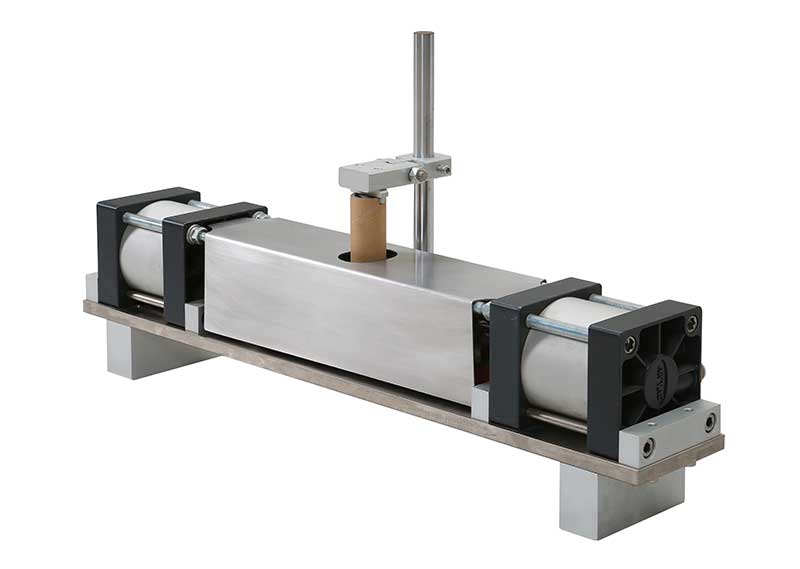 Paper Core Notch Puncher
Paper Core Notch Puncher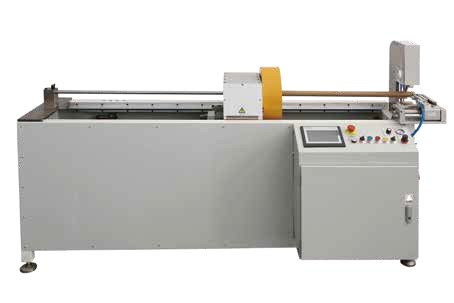 Semi Paper Core Cutting Machine
Semi Paper Core Cutting Machine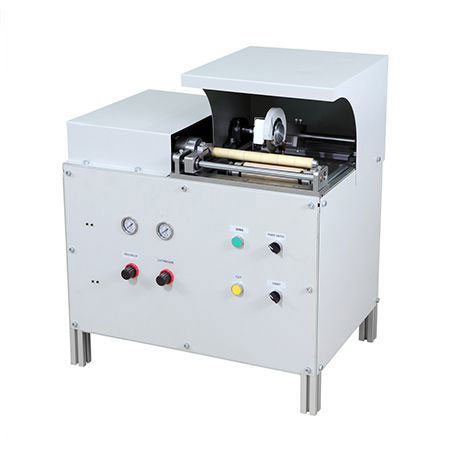 Manual Paper Core Cutting Machine
Manual Paper Core Cutting Machine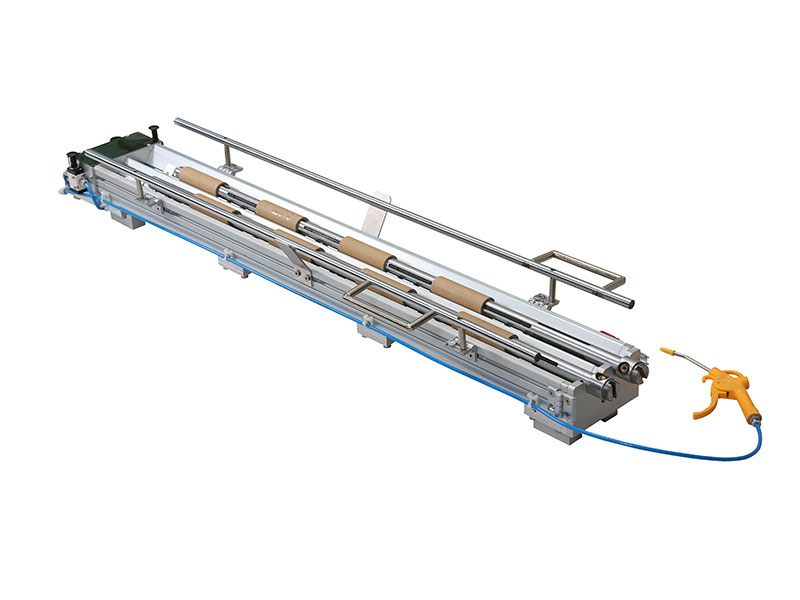 Paper Core Loading Machine
Paper Core Loading Machine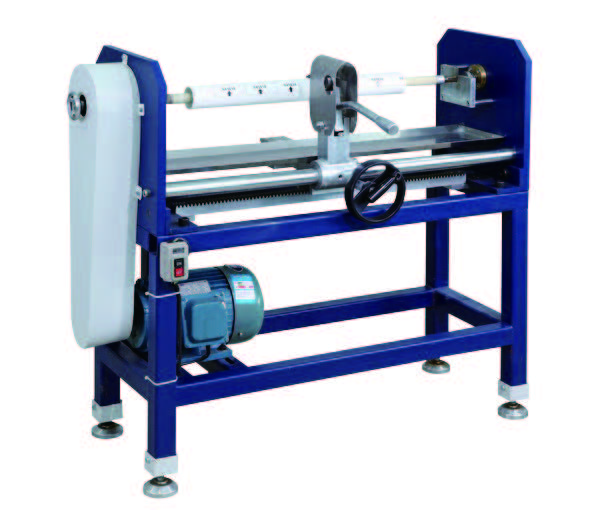 Manual Foil Roll Cutting Machine
Manual Foil Roll Cutting Machine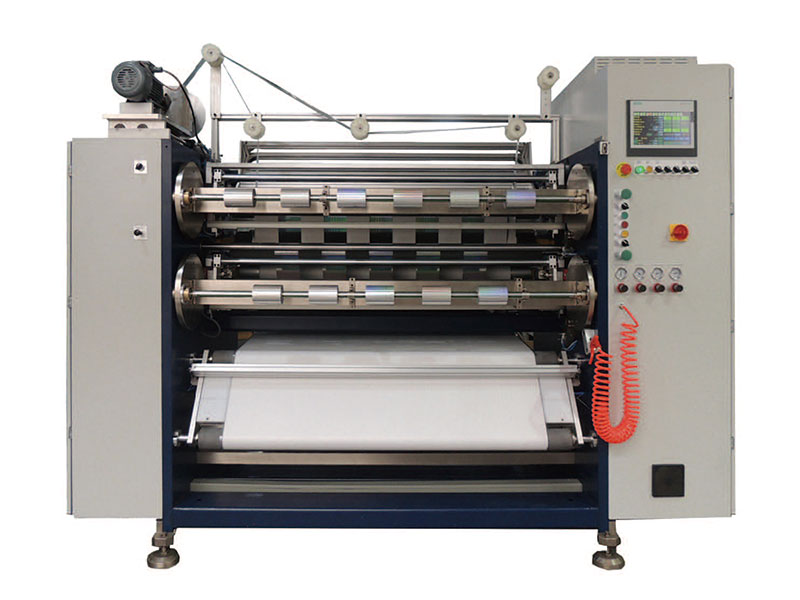 1350mm/1600 Foil Slitting Machine
1350mm/1600 Foil Slitting Machine

